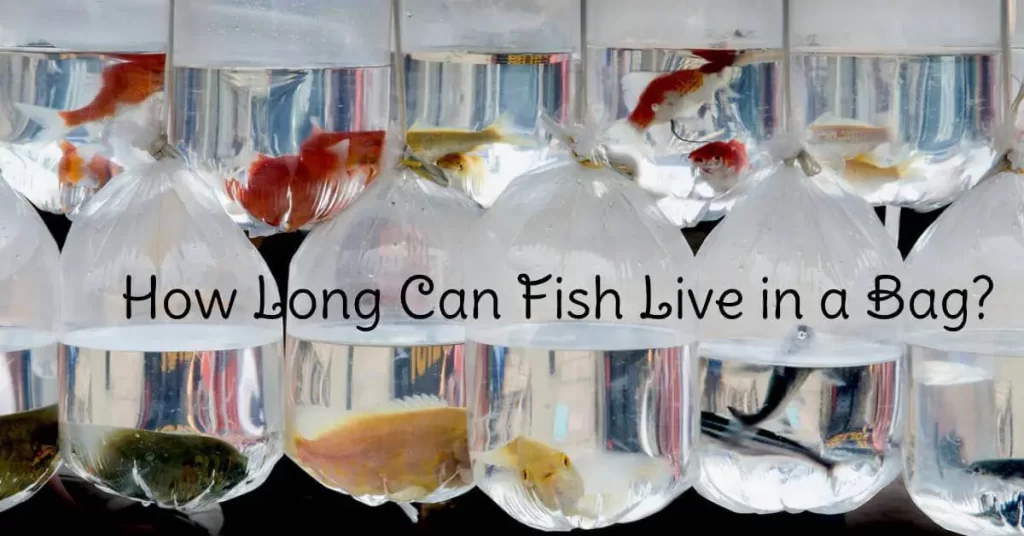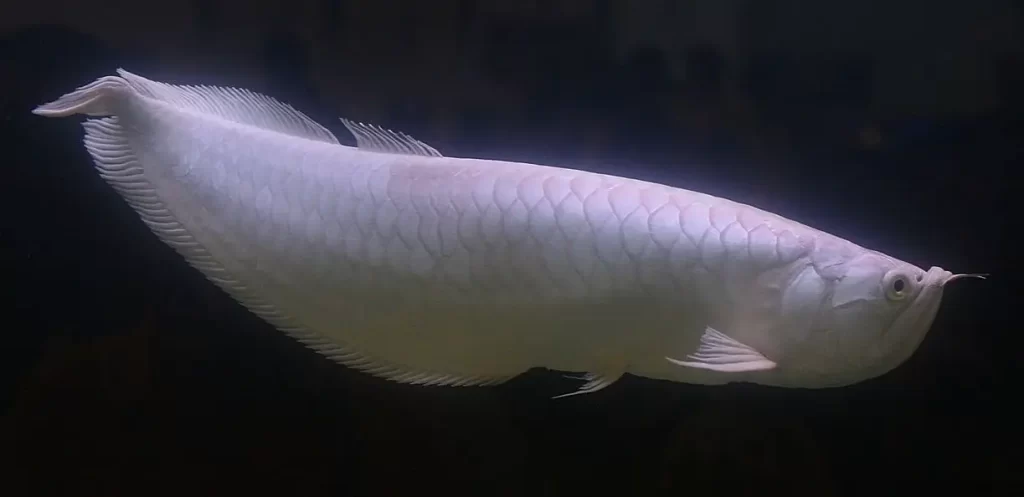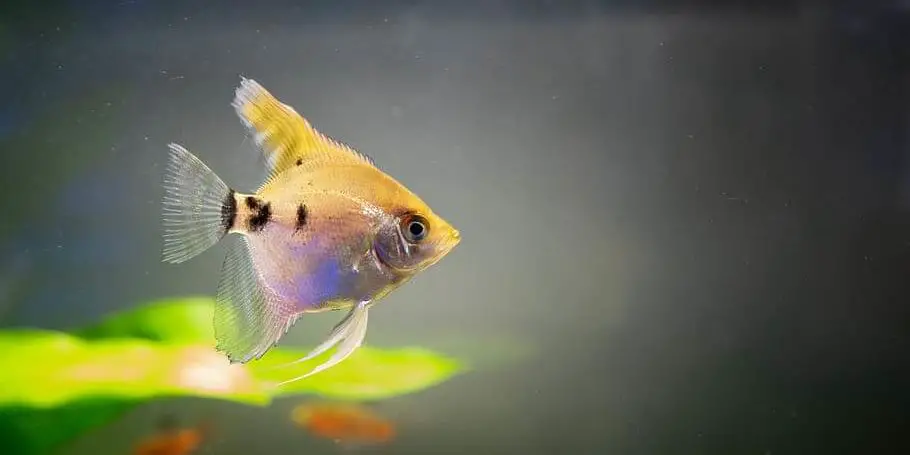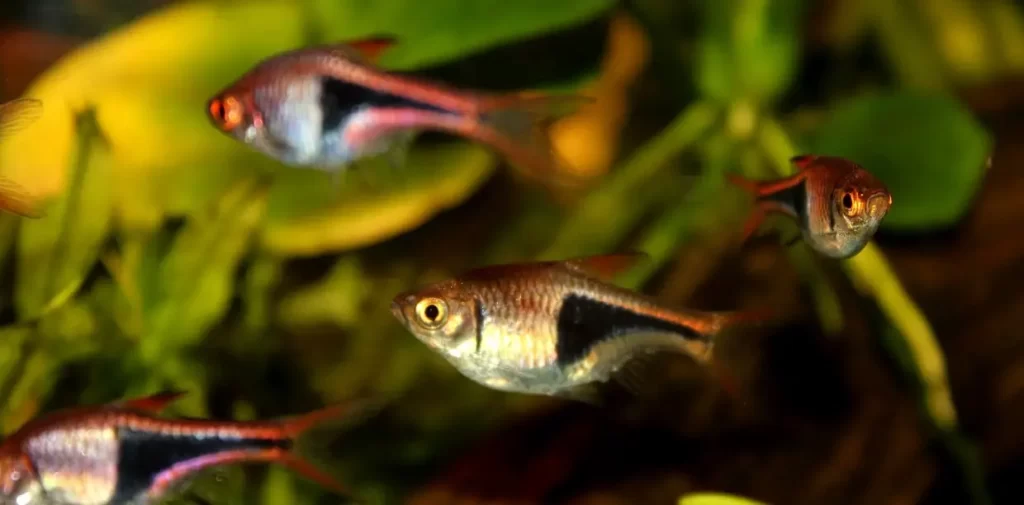Every beginner starts their journey as an aquarist from their very first fish in a bag. It is quite necessary to know the answer to various questions about fish. But the first one is always: How long can fish live in a bag?
Well, that depends. Fish can easily survive for 7 to 9 hours in a bag with enough water showing no issues whatsoever. And the plus thing is, if the bag is highly oxygenated, your fish will live quite comfortably for 48 hours as well. Hence, as said, the survival of the fish depends on the oxygen in the bag.
Various factors determine the well-being of your fish. Before jumping to conclusions and risking the life of your fish, you better have enough information to make a decision.
Let us dive into this to know how a small bag can decide the fate of your fish and your hobby.
How Long Can Fish Live In A Bag?
The basic thing to know about the fish is they are sensitive but adjusting. These small living beings can do wonders when it comes to surviving.
When you first get the fish in a bag, the pet shop warns you about the survival rate first. Fish can live comfortably between 7 to 9 hours in a bag.
There is not enough oxygen in the bag to handle the fish for too long. You must immediately transfer the fish to a cycled tank.
The case is, however, different when the pet stores add oxygen in the bag. Fish, then, can survive easily for 48 hours with very little complaints.
This does not mean you should not rush to make your tank ready sooner. Fish must get out of the small space to a slightly bigger environment as soon as possible.
The more activity they can do in the tank, the happier these fish will be. You can learn how to set up an aquarium for your fish as a beginner here!
How Many Fish Can Live In A Bag?
You should always keep one fish at a time in a bag. Any more fish than one will lead to serious issues.
The needs increase making the pH change and even the oxygen depletes quickly making it difficult for fish to survive.
Basic Requirements
You can’t just pick up any plastic bag and pour water in it to make it livable for fish. There are certain things you need to take care of first.
You must make sure the polythene bag is thick enough to 3mm and has width 18” and height 32”.
And of course, the excess air should be removed and you should replace it with pure oxygen. A properly sealed bag is the best solution to avoid the most problematic conditions.
It is the must thing to do and when bag sealing is done, you need to place it in a safe insulated container.
What Happens If You Forget To Transfer The Fish From The Bag?
Fish are a delicate living being, you can never forget that. They do adjust for a certain period, but any longer than their limit can bring consequences.
These fish need to be transferred from the bag after a while to live. Or else the result you will find is either an unhealthy stressed fish or a dead one.
This thing can’t be sugarcoated as it is what happens when you forget to transfer your fish.
This is what happens in the bag after a few hours: the oxygen level starts to deplete. The pH level fluctuates as fish waste produces ammonia in the water.
The water becomes so toxic eventually that your fish can no longer handle it. This all will lead to, firstly, stress and lastly, death of the fish.
How Can You Increase The Lifespan Of The Fish In The Bag?
There are a few things you can do to increase the lifespan of fish in such a small space. Here is the list of them.
Oxygen
The pet store usually adds more oxygen in the bag; however, there is no harm in asking that again before leaving.
You need to make sure it contains two-thirds of its volume of oxygen.
Short Travel
It is better to shorten your trip as fast as possible when you have a fish in a bag. Your fish can only handle bag conditions for a few hours, that is why it is wise to travel short distances.
No Feeding
The main reason for ammonia production is the waste from the fish. You should avoid feeding the fish while you are transporting it in a bag.
Learn more about how to feed an aquarium fish.
Quality Of Bag
This is the first thing you need to check. You need to get a 3mm thick bag that can prevent damage.
And you should avoid using pillow slips bag as they have sharp corners that can trap the fish. Fish trapped in a sharp corner eventually choke and die.
Another important thing is you must layer up with 2 or 3 bags so that it remains airtight even to protect fish from the damage that can occur. Plus you should use good quality rubber bands to seal it.
Water Condition
The water should be clean and toxin-free. And you need to ensure that the temperature, dissolved oxygen, and carbon dioxide level are appropriate for the fish.
Ammonia level and temperature are directly proportional to each other. The increment of one leads to the increment of the other.
The high temperature increases the metabolic activity of the fish, which in turn increases the ammonia level.
You can use heat or ice packs to maintain the temperature of the bag while traveling. But these bags need to be added to the container with the fish bag, not in the bag itself.
More about water for fish in aquarium:
- How to perform water change in an aquarium?
- Ways to avoid water evaporation in an aquarium
- How to maintain water hardness in an aquarium?
Use Of Medications
You may think, antibiotics can help you protect your fish, and you are right to some extent.
But, while traveling locked in a bag, medications do more harm than good. So, it is better to avoid the use of any medicines for your fish in a bag.
Can You Transport Fish In A Ziplock Bag?
Yes, you can transport your fish in a Ziplock ba. It is not an actual problem here though. The real question here is how long can you keep it in a Ziplock bag.
The case with the Ziplock bag is different than another plastic bag. Fish cannot survive for more than 30 minutes in this case.
And if it is saltwater fish, the time decrease to half, 15 minutes.
The Ziplock has a bad reputation of getting easily damaged and leaching chemicals into the water.
And the Ziplock seal also collapses easily leaking oxygen in the air and even fish can fall off. It is risky to use Ziplock to transport fish.
Can You Transport Fish In A Closed Container?
Yes, you can transport fish in a closed container but No, you can never risk the safety of your fish with this. Your fish can die within 2 hours if you keep it in a sealed container.
If you are traveling for long hours, always go for the plastic bags. They are comparatively inexpensive and fish live a little longer in it.
The thing with the closed container is, the conditions deplete quickly there. The pH level fluctuates making the water risky for the fish.
This all chaos makes fish use more oxygen which in turn depletes oxygen level as well. So, if, in an emergency, you use a closed container, then make sure it is for less than 40 minutes.
Any longer than that time causes stress and death of fish eventually.
How Long Can Fish Survive Without Oxygen?
Technically, fish die in the absence of oxygen, but their survival depends on the type of water as well. The reason behind death of fish in a bag is in fact the lack of oxygen!
If the fish is in shallow water, then their swimming around circulates the water providing oxygen from the surface. This shallowness helps the fish to survive for 2 days in the container.
And another factor is whether the fish is alone or in a school. A single fish can survive for even a week as it is the only one using oxygen in the container.
The crowded environment invites competition among the fish depleting the gas and shortening their life-span to few hours sometimes.
How Long Do You Need To Float The Bag In The Tank Before Transferring The Fish In It?
It is necessary to wait for a while before pouring the fish from the bag into the tank. There is a small process you need to do to make your fish familiar with its new home.
Firstly, you need to hold the bag with the fish and let it float in the tank for 20 minutes. Remember the first process is done with an unopened bag.
Secondly, when you see the bag floating on the surface, open the bag and scoop a few cups of water into the bag.
You need to add an equal amount of tank water to the bag doubling the initial water. The ratio of tank water to bag water should be 1:1. But remember to close the bag to avoid water spilling.
Now when the bag is filled with 50% initial water and 50% tank water, let the fish float in it for the next 20 minutes. This will help fish to adjust and adapt to the new tank water.
After this process, you can add your fish into the tank, but you need to sit back and monitor the activity of the fish.
You need to watch fish carefully after an hour of introduction to the new tank to check if it shows any stress or allergies.
If your fish starts scratching its body against tank components, then change 20% of the tank immediately. This scratching suggests the alkalinity of water slightly different than the fish is used to.
And of course, feeding: you should only feed the fish after it is fully adjusted to the new environment with no side effects.
This may take time, so wait for a few hours without rushing to feed the fish immediately.
Frequently Asked Questions
Can Fish Live In Vodka?
No, fish will die in the presence of strong alcohol like vodka.
Can Fish Survive on A Plane?
Yes, but you need to keep it water in a transparent sealed container. The container can be up to 2-3 ounces and airport security visually inspects it so the fish container is kept in carry-on baggage.
Conclusion
In conclusion, a bag can act as a better option to transfer fish but it also depends upon how careful you are. If you leave your fish in a bag for more than 9 hours then it leads to the death of the fish. You can shorten your travel and should not feed your fish while traveling.
Just be careful when you carry a fish in a bag. And let it adapt before transferring it to the tank. You will have a happily swimming fish in an aquarium in no time.
Related articles:






